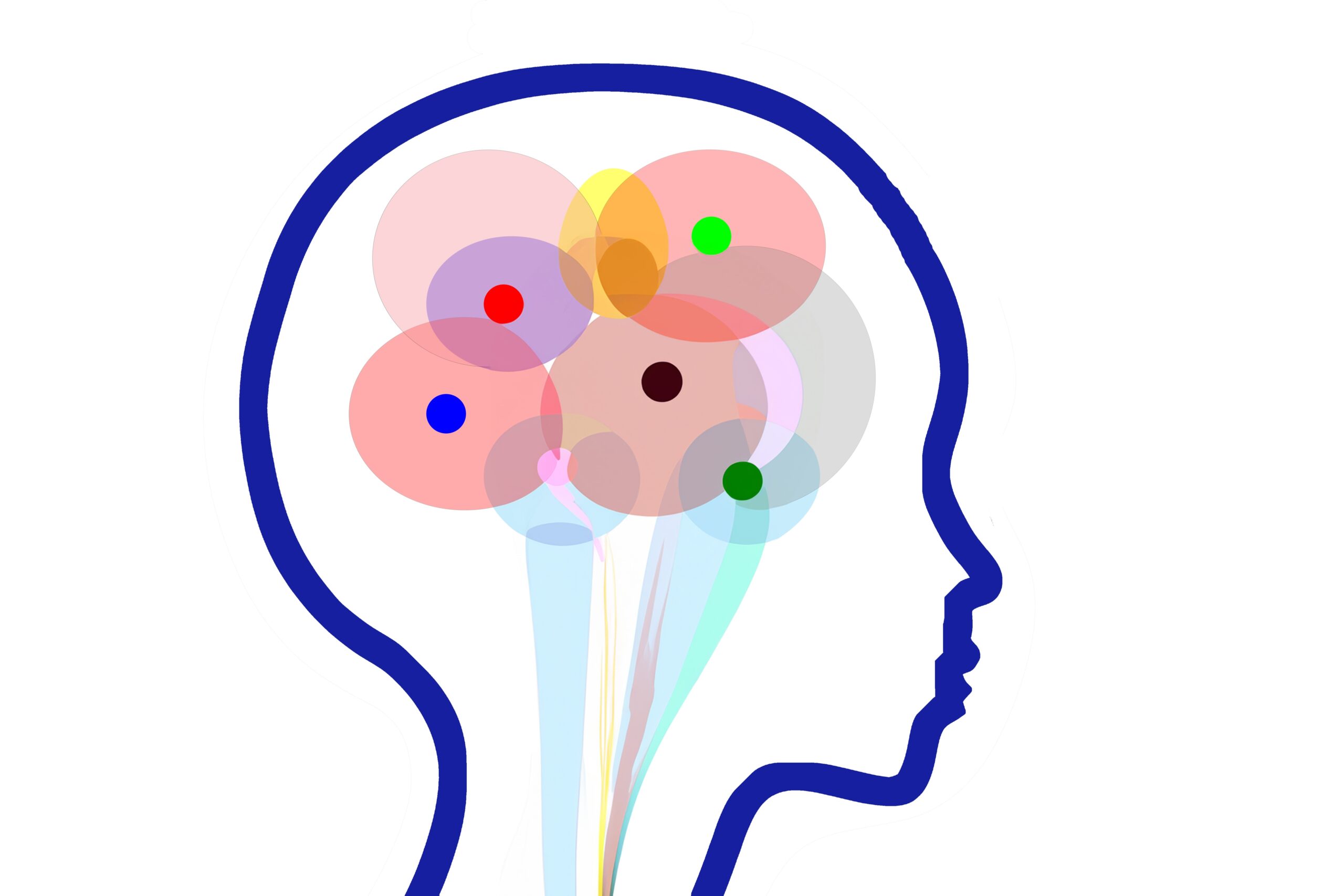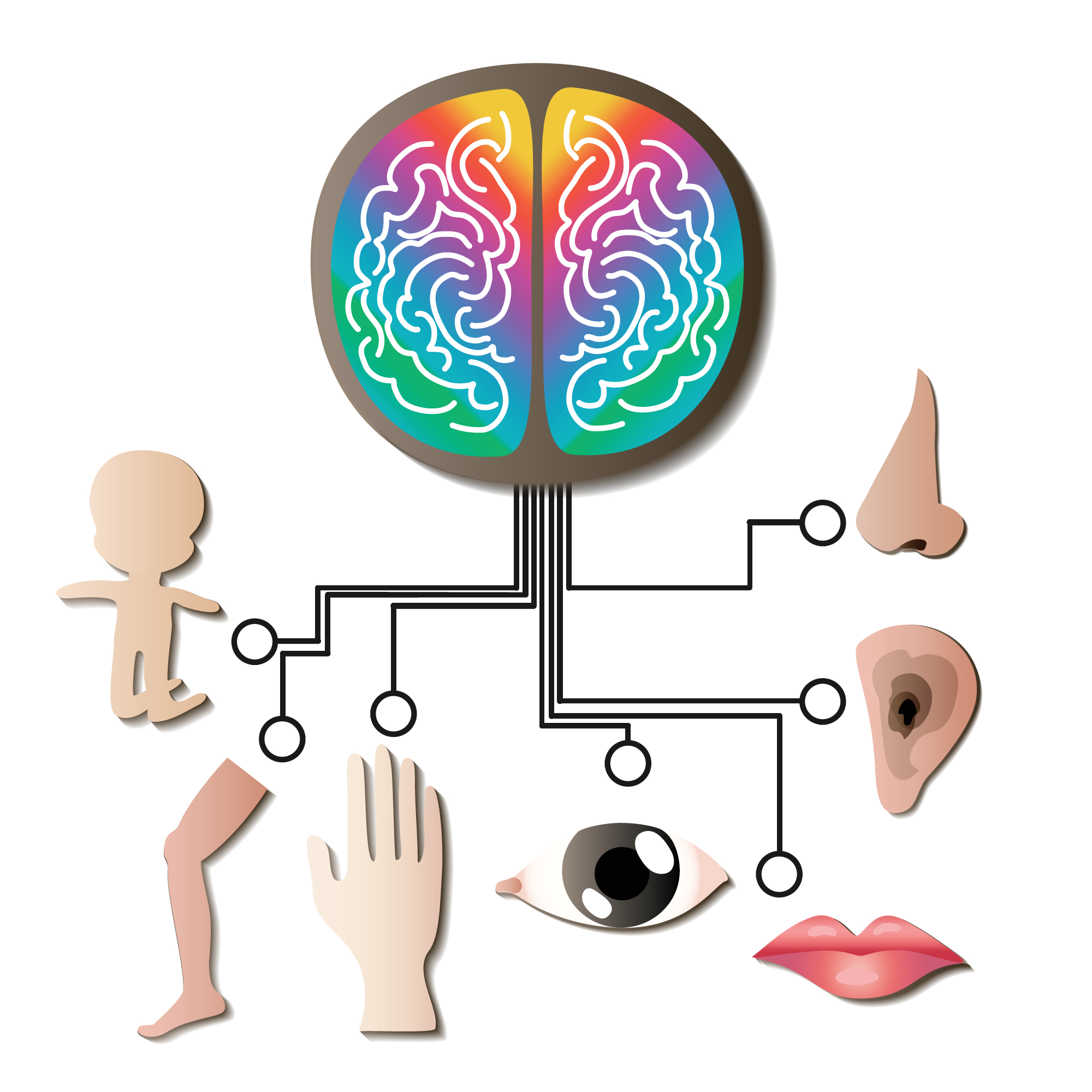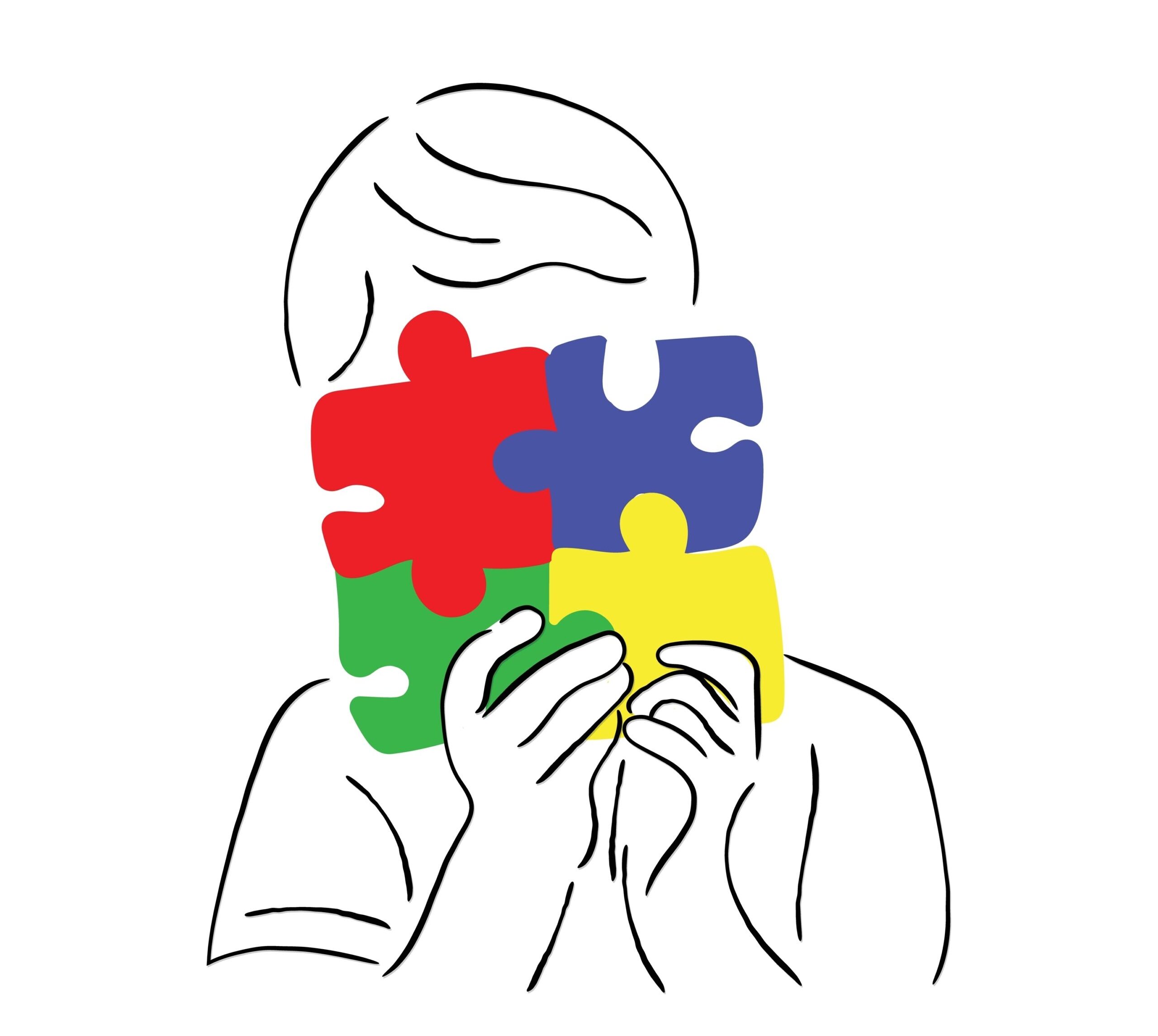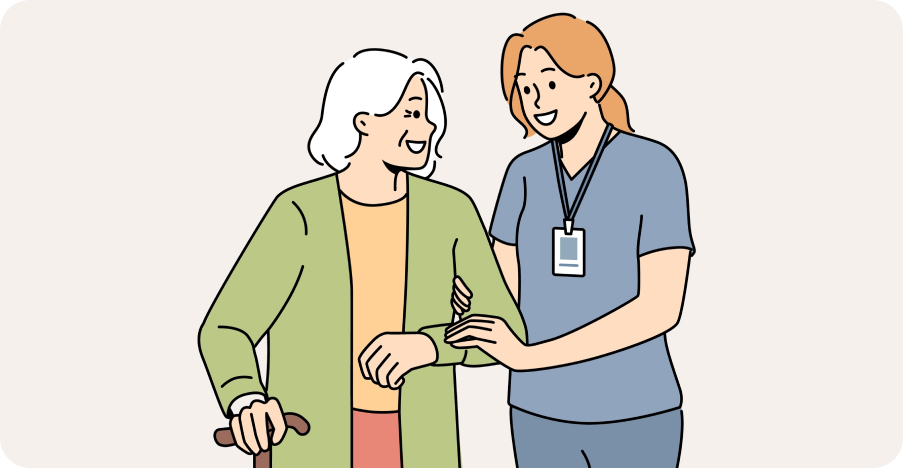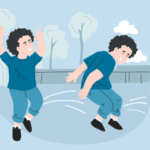
Blog
Supporting Social Skills Development in Kids with Autism
Author: DrSensory
November 3, 2024
Supporting Social Skills Development in Kids with Autism
Social skills are essential for navigating everyday interactions, but for children with Autism Spectrum Disorder (ASD), developing these skills can be particularly challenging. Tailored approaches and interventions can significantly aid in fostering these abilities.
Classifications of Autism
Autism Spectrum Disorder (ASD) encompasses a range of conditions, characterized by differences in social communication, behavior, and sensory processing. The following classifications help describe the various presentations of autism:
- Level 1 (Requiring Support): Individuals at this level have some difficulty with social communication and need support in situations that require organization and planning. They may struggle with initiating social interactions and maintaining conversations, often enjoying routines and structured environments.
- Level 2 (Requiring Substantial Support): People with Level 2 ASD have more pronounced challenges in social communication and may engage in repetitive behaviors. Considerable support is necessary in many aspects of daily life, and adapting to change can be difficult.
- Level 3 (Requiring Very Substantial Support): This classification involves significant difficulties in verbal and nonverbal communication and challenges in daily functioning. Individuals may have acute sensory sensitivities or aversions and require extensive support to navigate day-to-day activities.
- Pervasive Developmental Disorder-Not Otherwise Specified (PDD-NOS): Previously used to describe those who exhibit some symptoms of autism but do not fully meet the criteria for classic autism or Asperger’s syndrome, PDD-NOS acknowledged the diverse presentations of autism traits.
- Asperger’s Syndrome: Individuals with Asperger’s have challenges in social interactions and can have intense focus on specific interests, but they typically have average or above-average intelligence and do not experience significant delays in language acquisition.
- Childhood Disintegrative Disorder: Characterized by a late onset of developmental delays, this rare condition involves a severe regression in multiple areas of function, such as language, social skills, and motor skills, after a period of normal development.
These classifications provide a framework for understanding the spectrum and individualizing support and interventions. With ongoing research and advocacy, the understanding of autism continues to evolve, paving the way for more tailored and effective approaches to support.

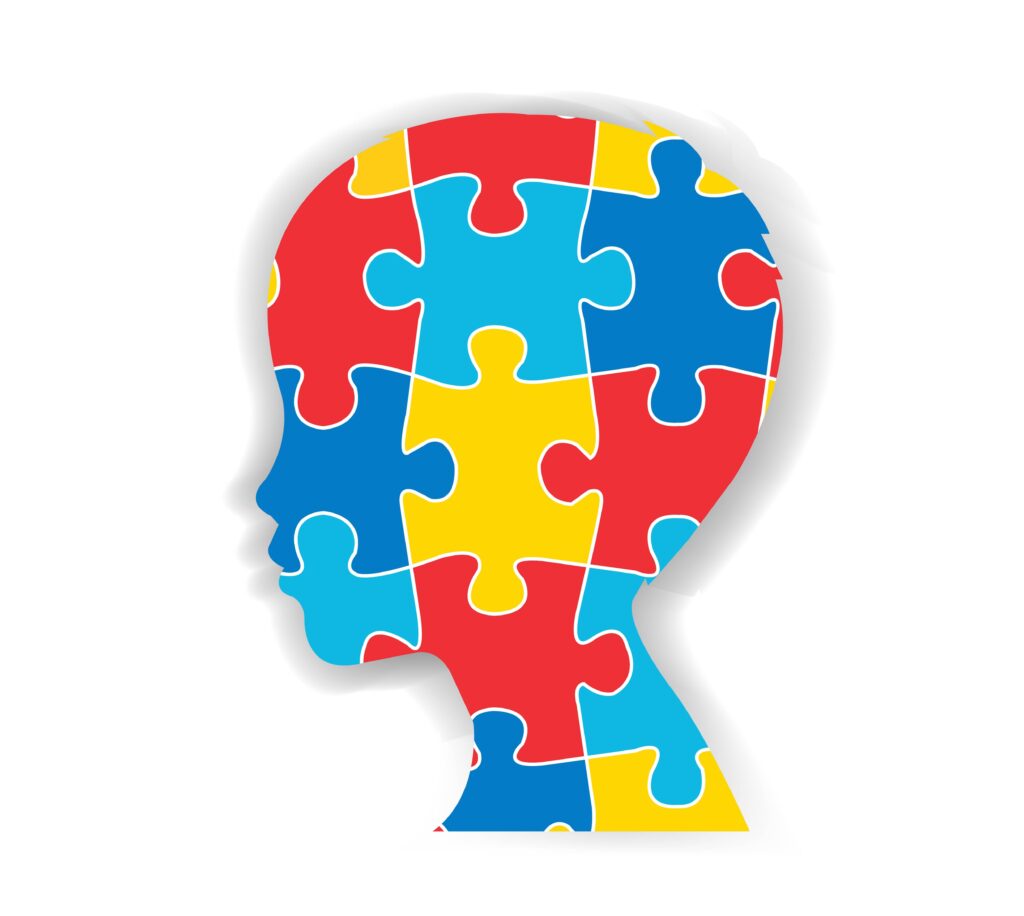
Understanding Social Challenges in Autism
Children with ASD often face difficulties in understanding social cues, empathizing with others, and participating in interactive play. Recognizing these challenges is the first step in supporting their development.
Role of ABA in Social Skills Development
Applied Behavioral Analysis (ABA) therapy is a widely-used approach for teaching social skills. ABA focuses on reinforcing positive behaviors through structured, one-on-one sessions that provide opportunities for learning and practicing social interactions.
Importance of Social Stories
Social stories are narrative tools that help children understand social situations by detailing the steps and expected behaviors involved. These stories are personalized to reflect the child’s experiences and provide a script for managing specific scenarios.
Enhancing Peer Interaction
Encouraging children with ASD to engage with their peers fosters social growth. Parents and educators can facilitate peer interactions through playdates, group activities, and inclusive play settings, emphasizing shared interests and cooperative games.
Tips for Facilitating Peer Interaction:
- Set up structured play dates with clear objectives.
- Use visual aids to explain games and activities.
- Encourage role-playing to practice different social roles.
Utilizing Visual Supports
Visual supports can play a crucial role in assisting children with ASD to process social information. Picture boards, schedules, and communication apps can be used to decrease anxiety around social situations and provide clear expectations.

Incorporating Play-Based Strategies
Play is a natural way for all children to learn social skills. Using imaginative play and role-play scenarios allows children with ASD to practice turn-taking, sharing, and other crucial social behaviors in a safe environment.
Implementing Group Therapy
Group therapy sessions create a structured environment where children can engage with peers, guided by therapists. Through group activities, children practice essential social skills like taking turns, listening, and communicating effectively.
Speech Therapy’s Contribution
Speech and language therapy aids in enhancing communication skills, which are foundational to social interactions. Therapists work with children to improve articulation, comprehension, and conversational strategies, building confidence in social settings.
Collaboration with Educators
Teachers play a vital role in social skills development by modeling positive interactions and incorporating social learning into daily classroom activities. Working closely with educators helps reinforce these skills in various settings.
Parental Involvement and Support
Parents are integral to their child’s social development. Engaging in consistent practices at home, such as encouraging open communication and organizing play activities, supports what is learned in therapeutic settings.
Recommended Resources
Books, apps, and online platforms offer additional support for families seeking to enhance their child’s social skills. Resources like “The Social Skills Picture Book” and apps like “Proloquo2Go” are valuable tools to consider.
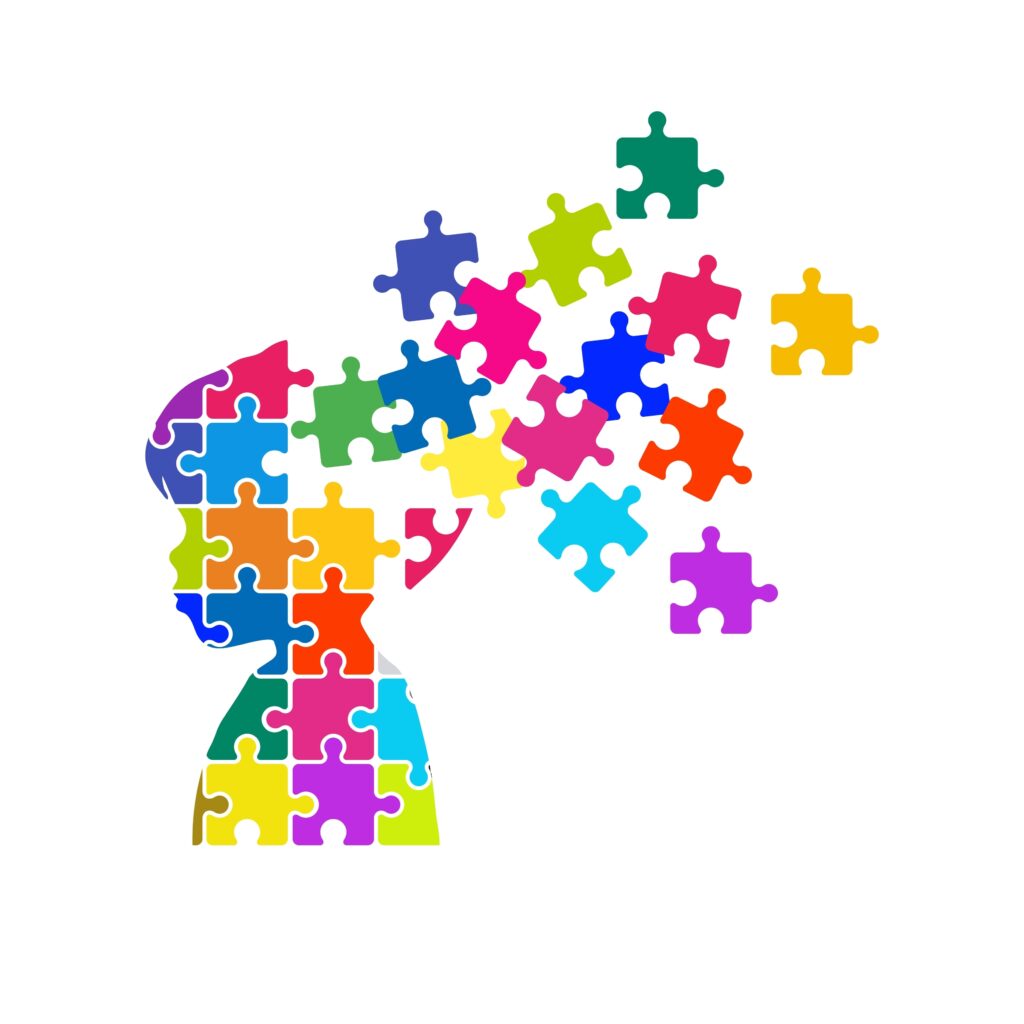
Supporting children with Autism Spectrum Disorder in developing social skills is a multifaceted journey that involves targeted interventions, collaborative support, and a nurturing environment. Through consistent efforts and adapted strategies, children can gain essential skills that enable them to interact confidently and positively within their communities.
related blogs
Your child is constantly moving, crashing into furniture, or having meltdowns in response to seemingly minor things like a loud
Your toddler refuses to wear certain clothes, has huge meltdowns in noisy places, or is an extremely picky eater, limited
Your child seems to miss verbal instructions, struggles to follow conversations in noisy environments, and often asks "what?" even when
On the surface, autism and Ehlers-Danlos syndrome (EDS) might seem like two entirely unrelated conditions. One is a neurodevelopmental condition
The intense head pain begins, lights feel blindingly bright, and every sound seems amplified to an unbearable level. You retreat



